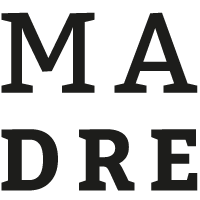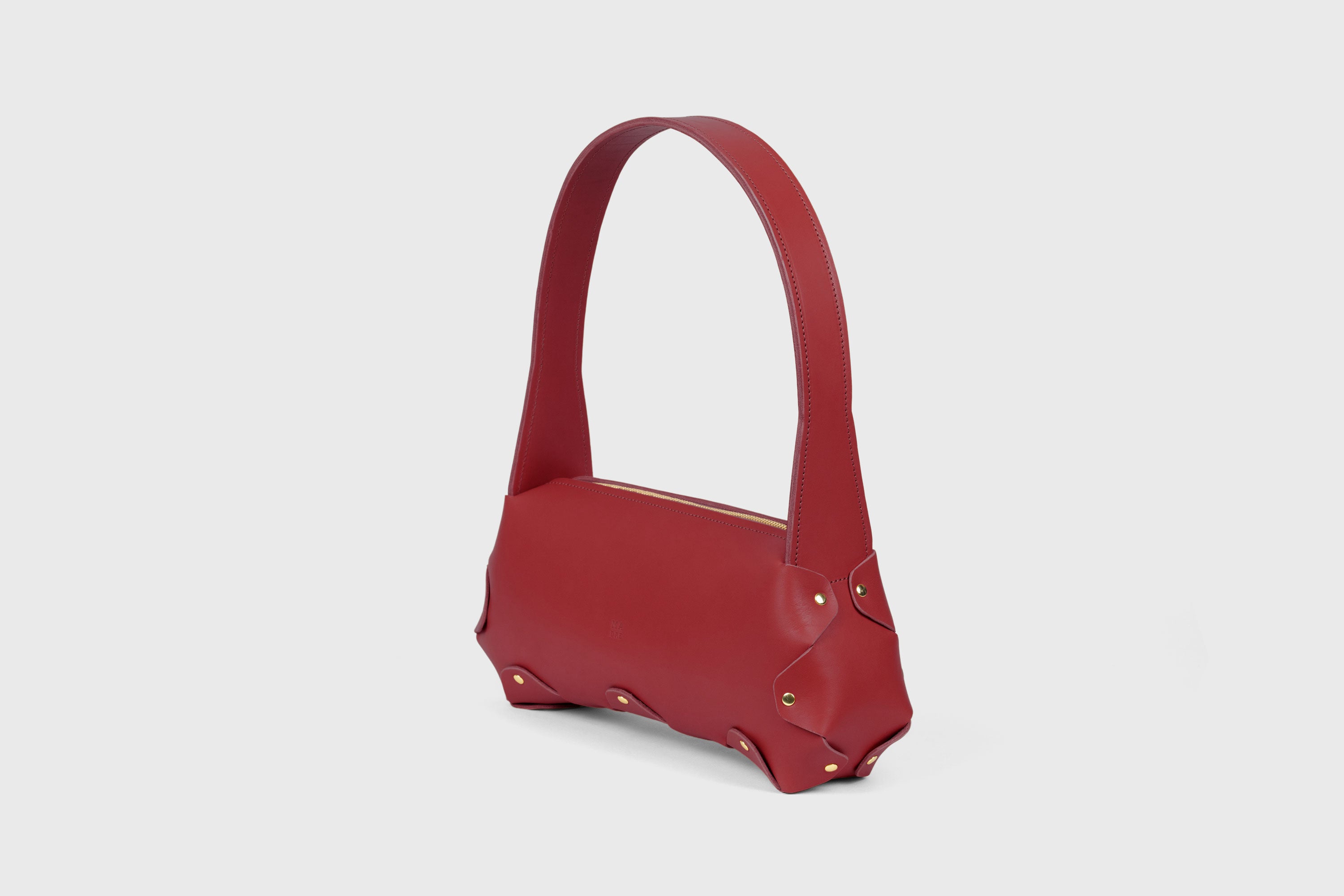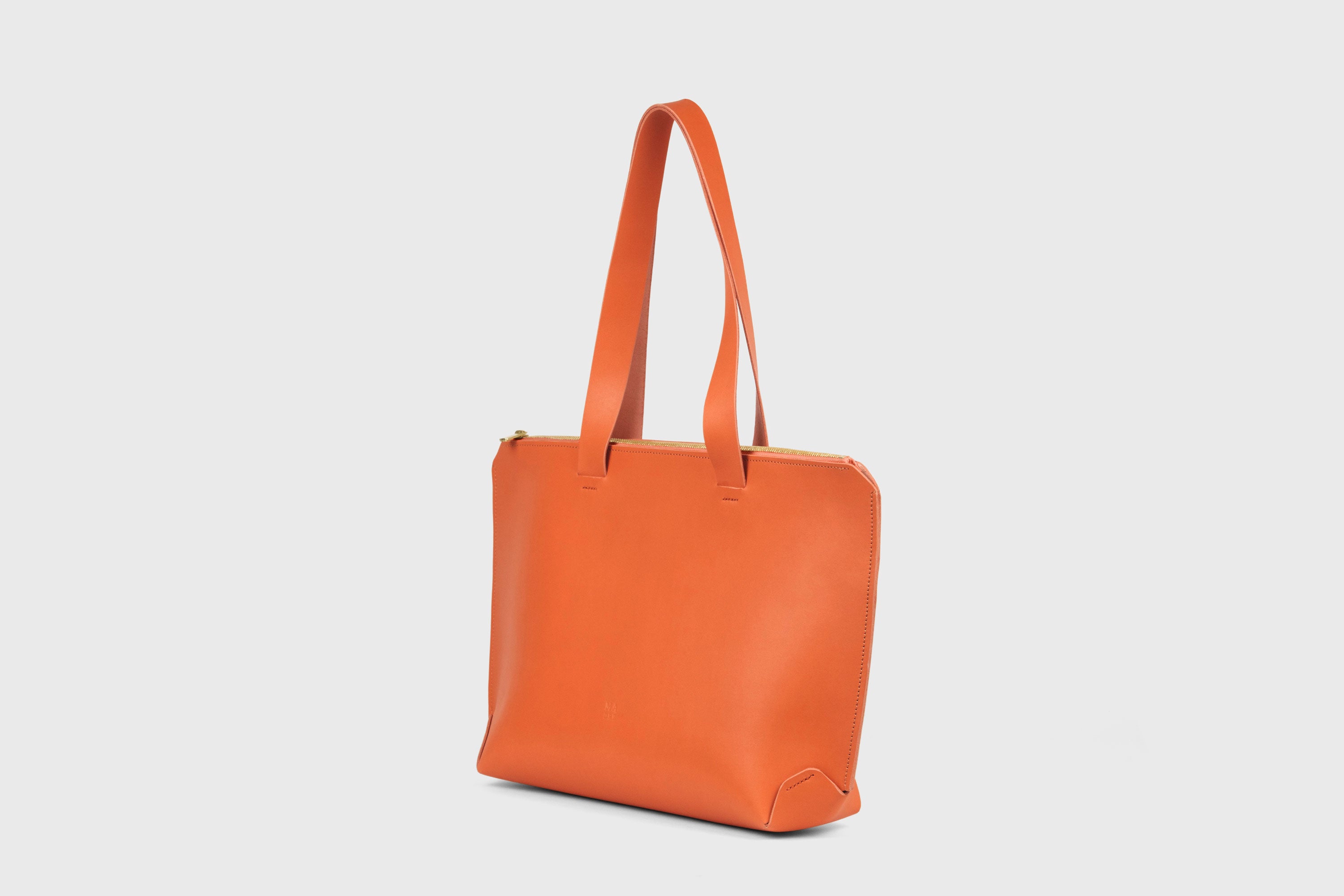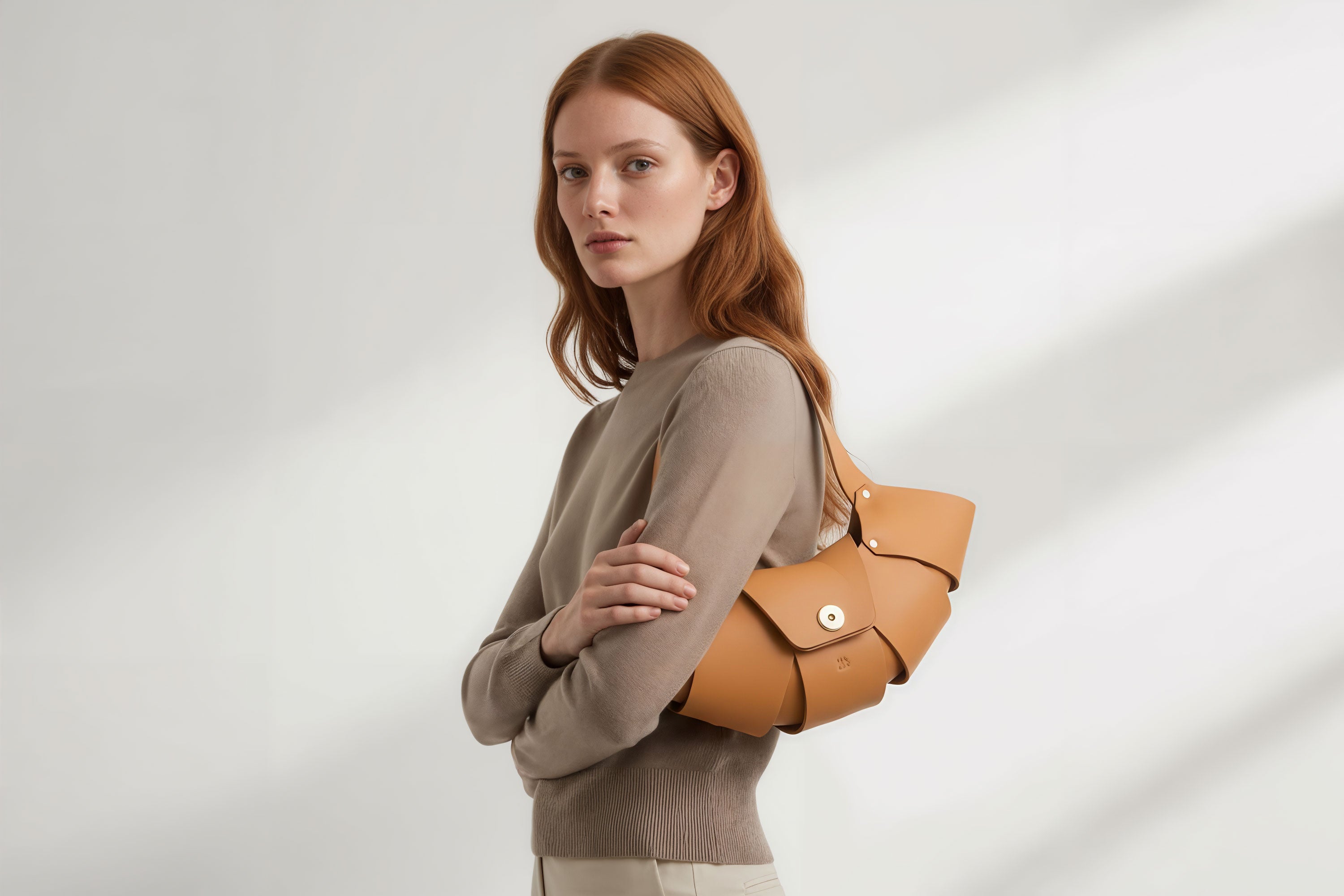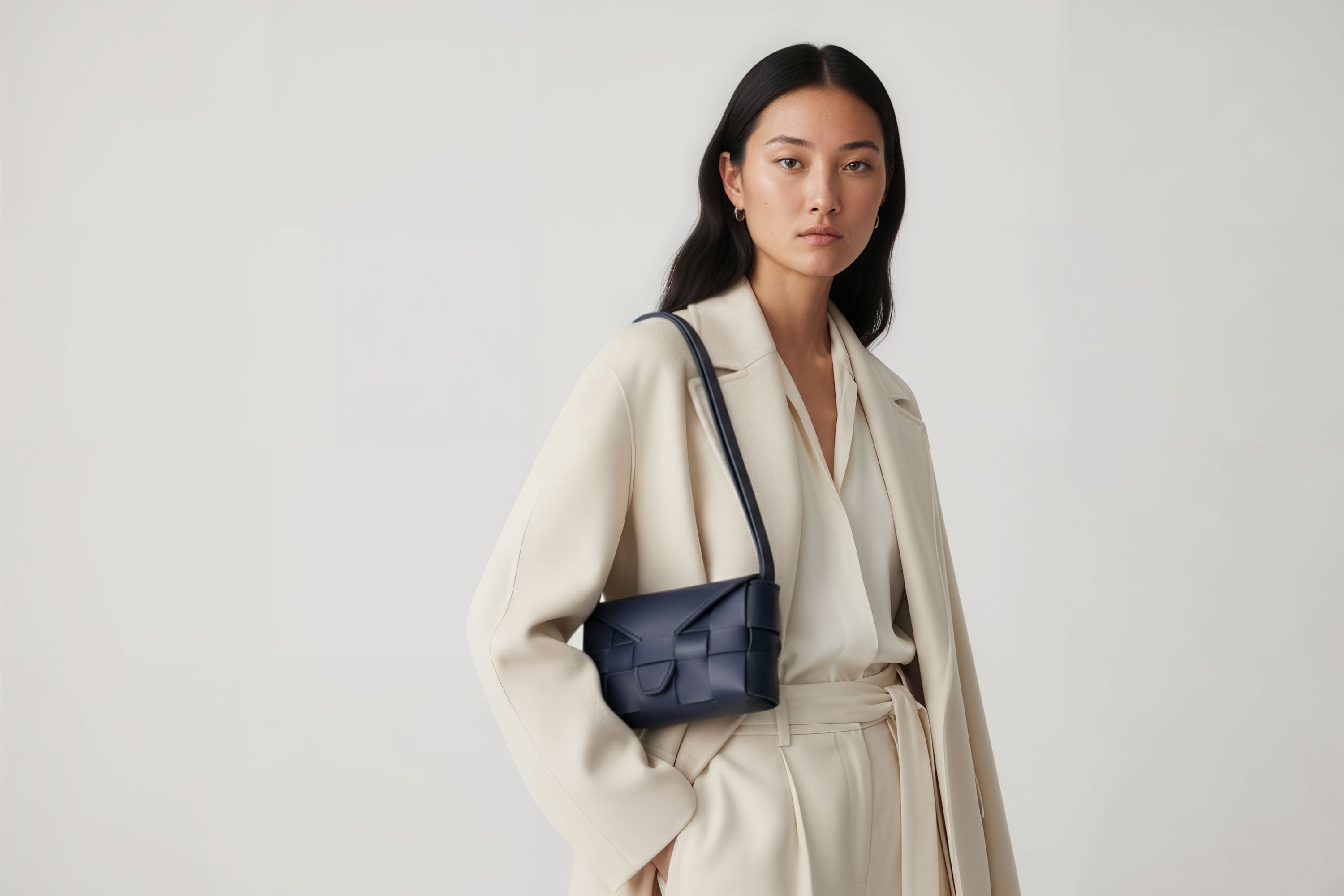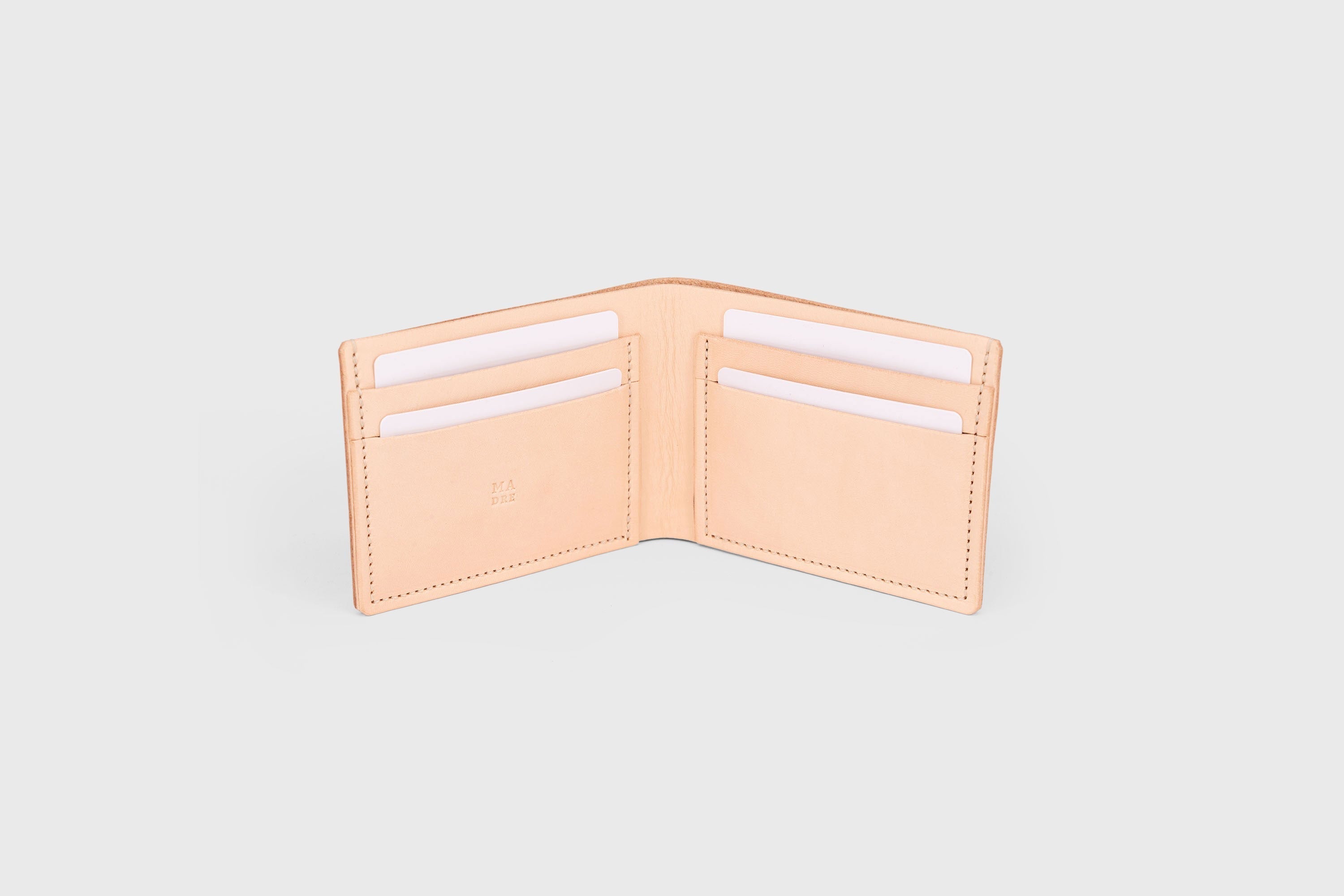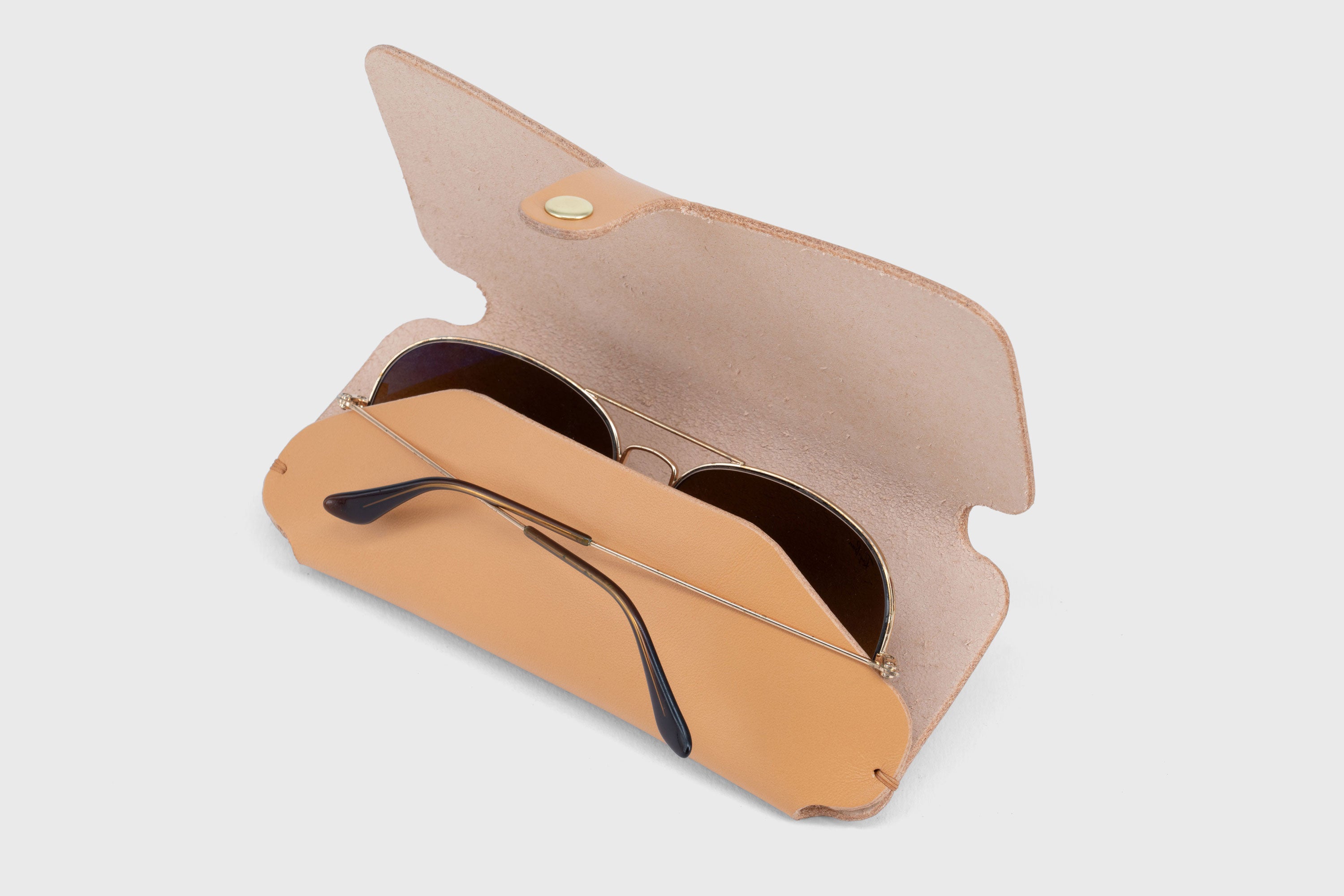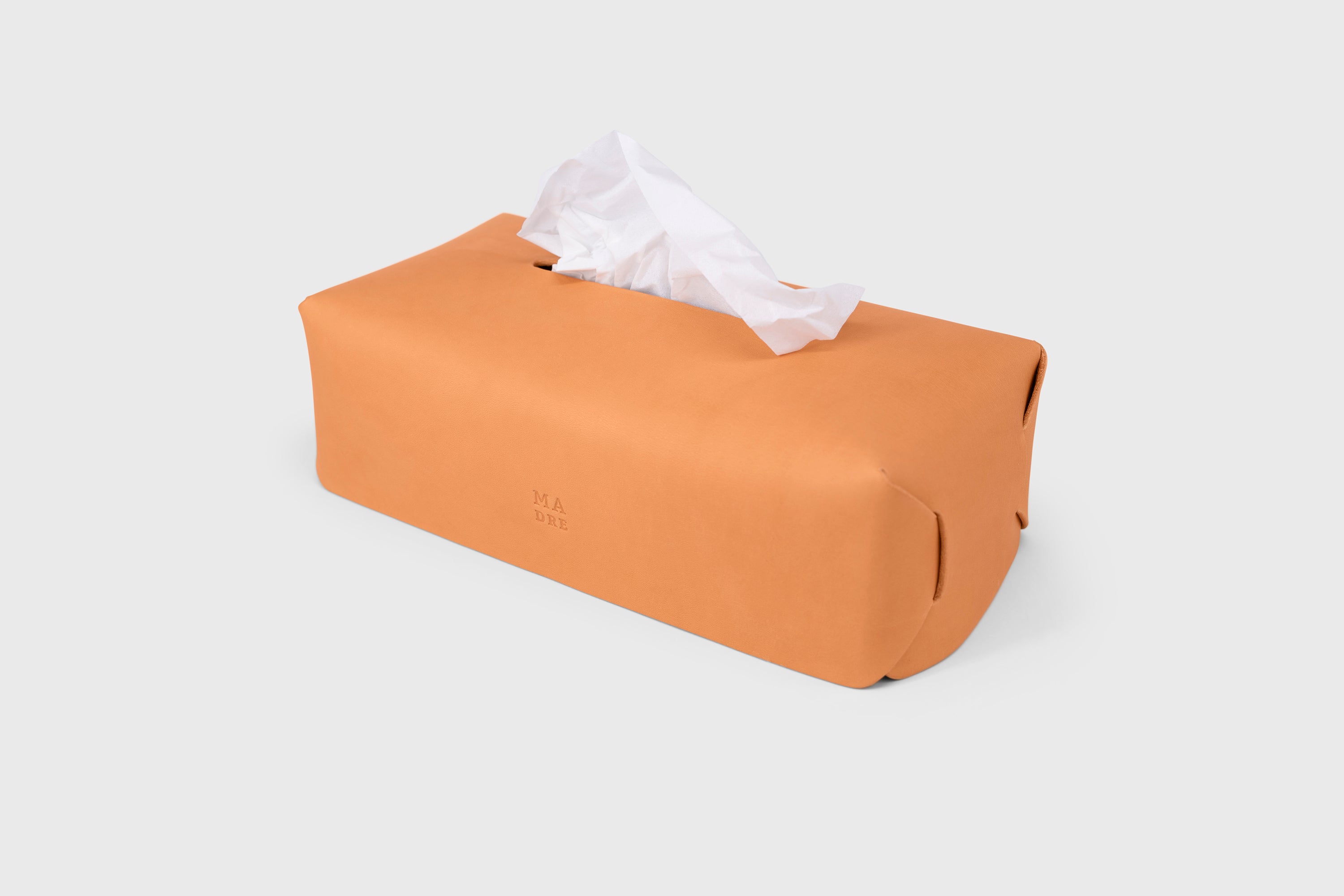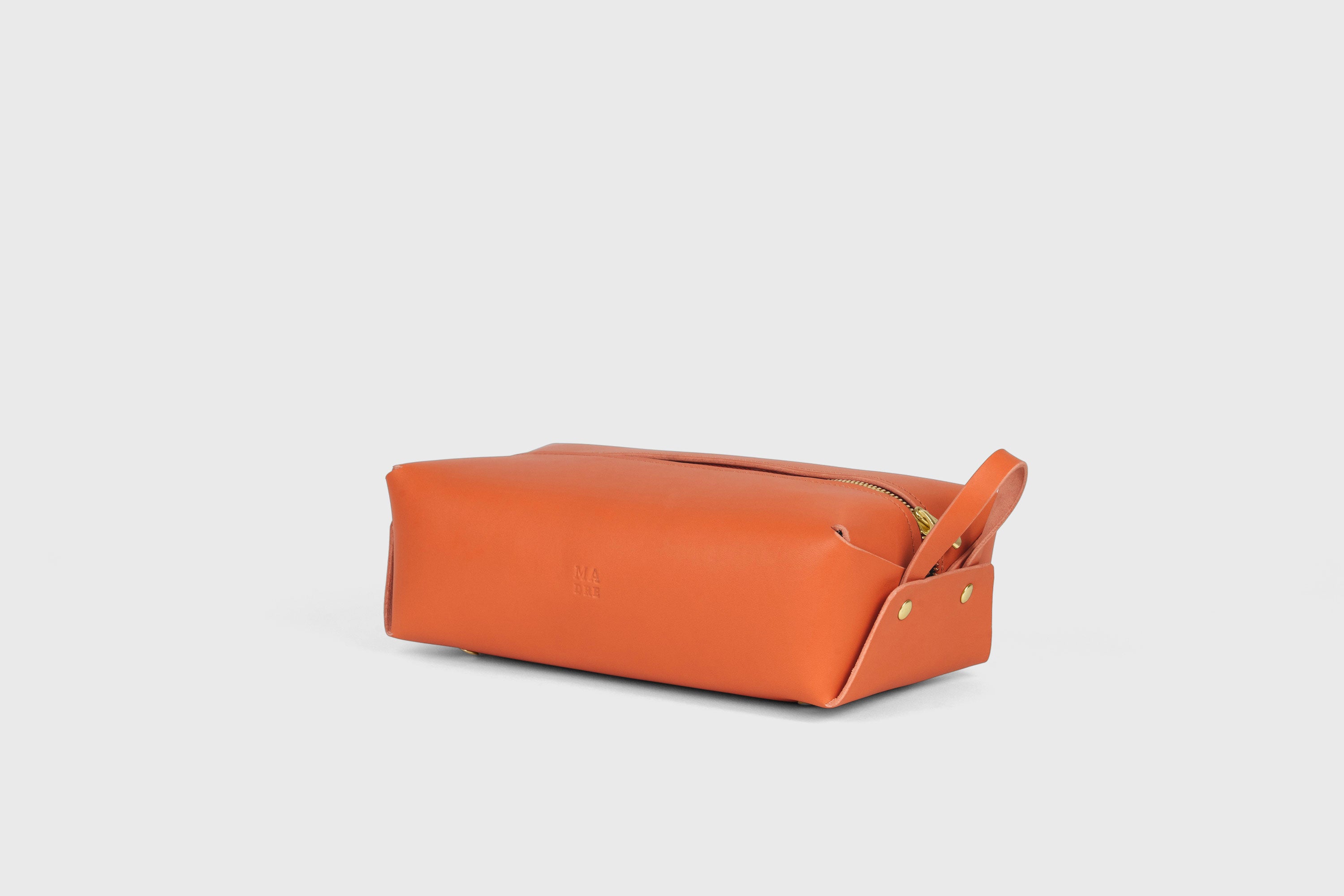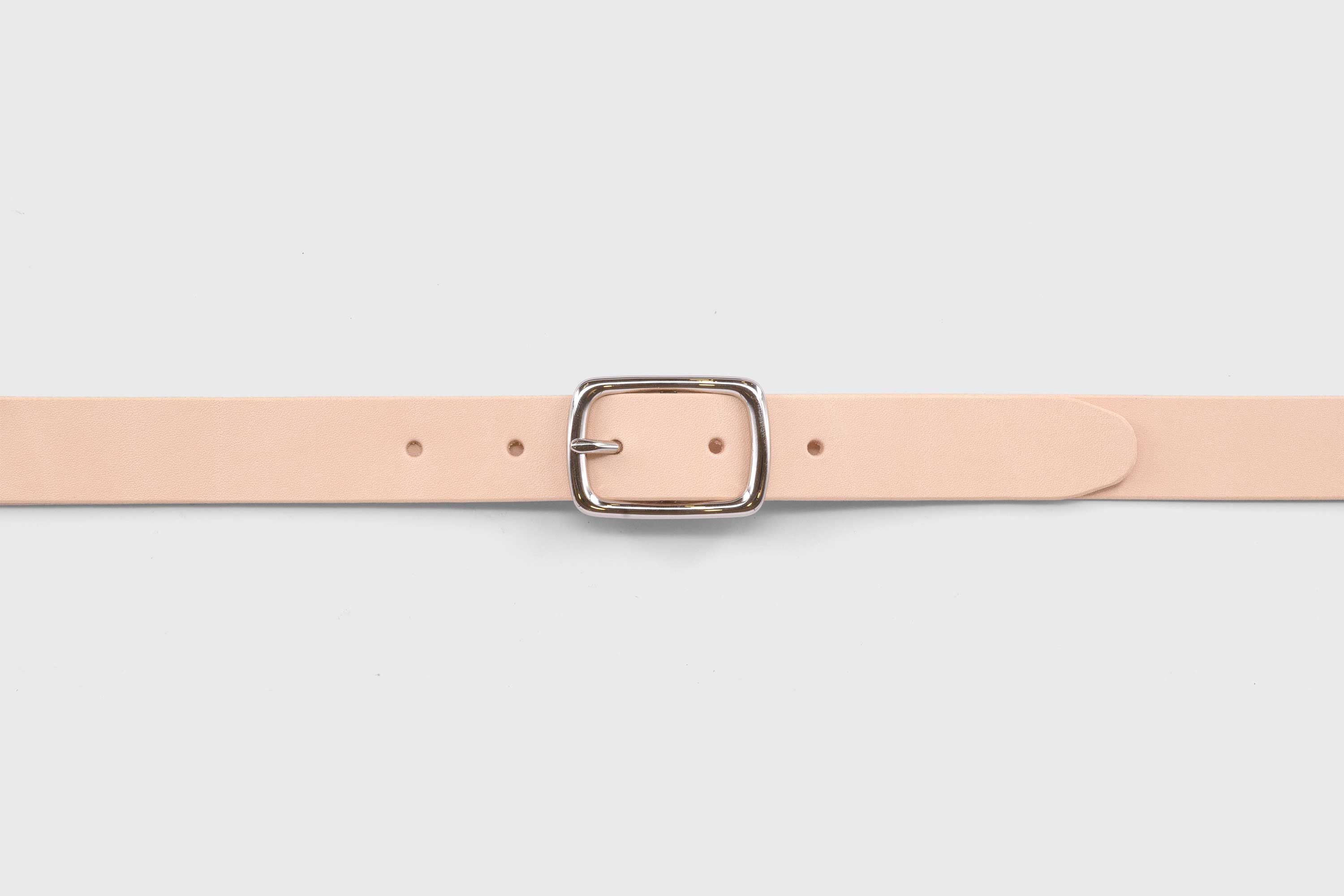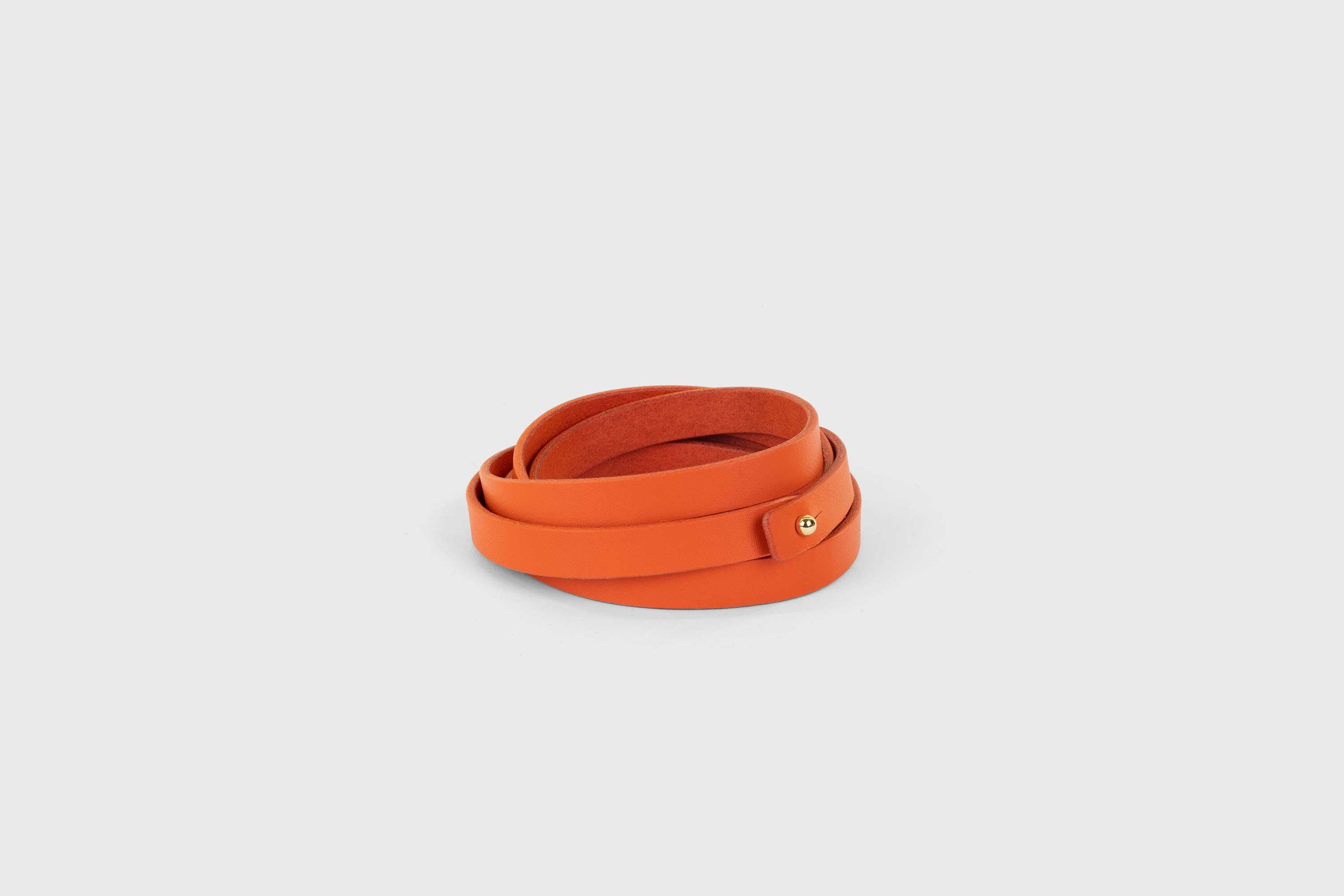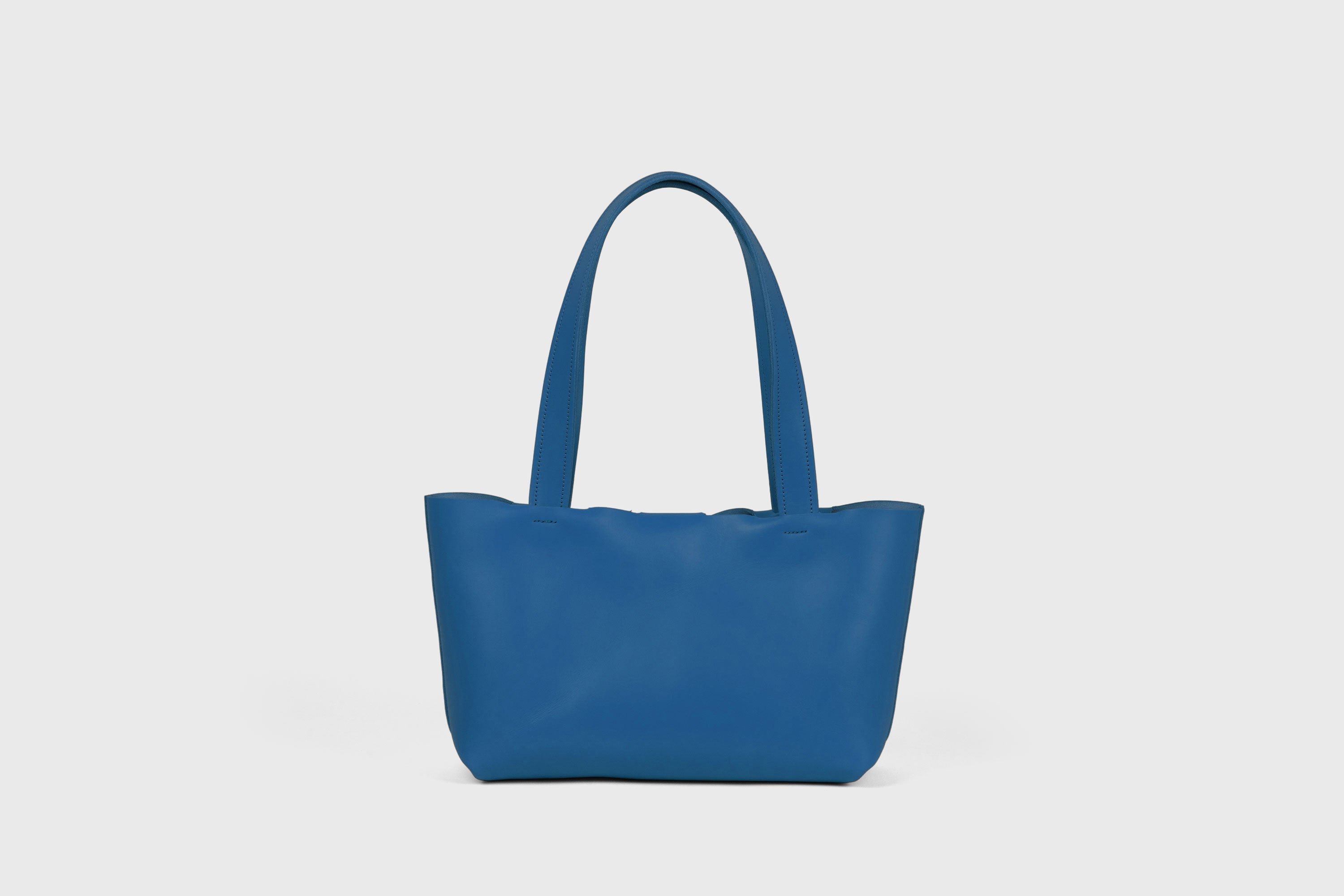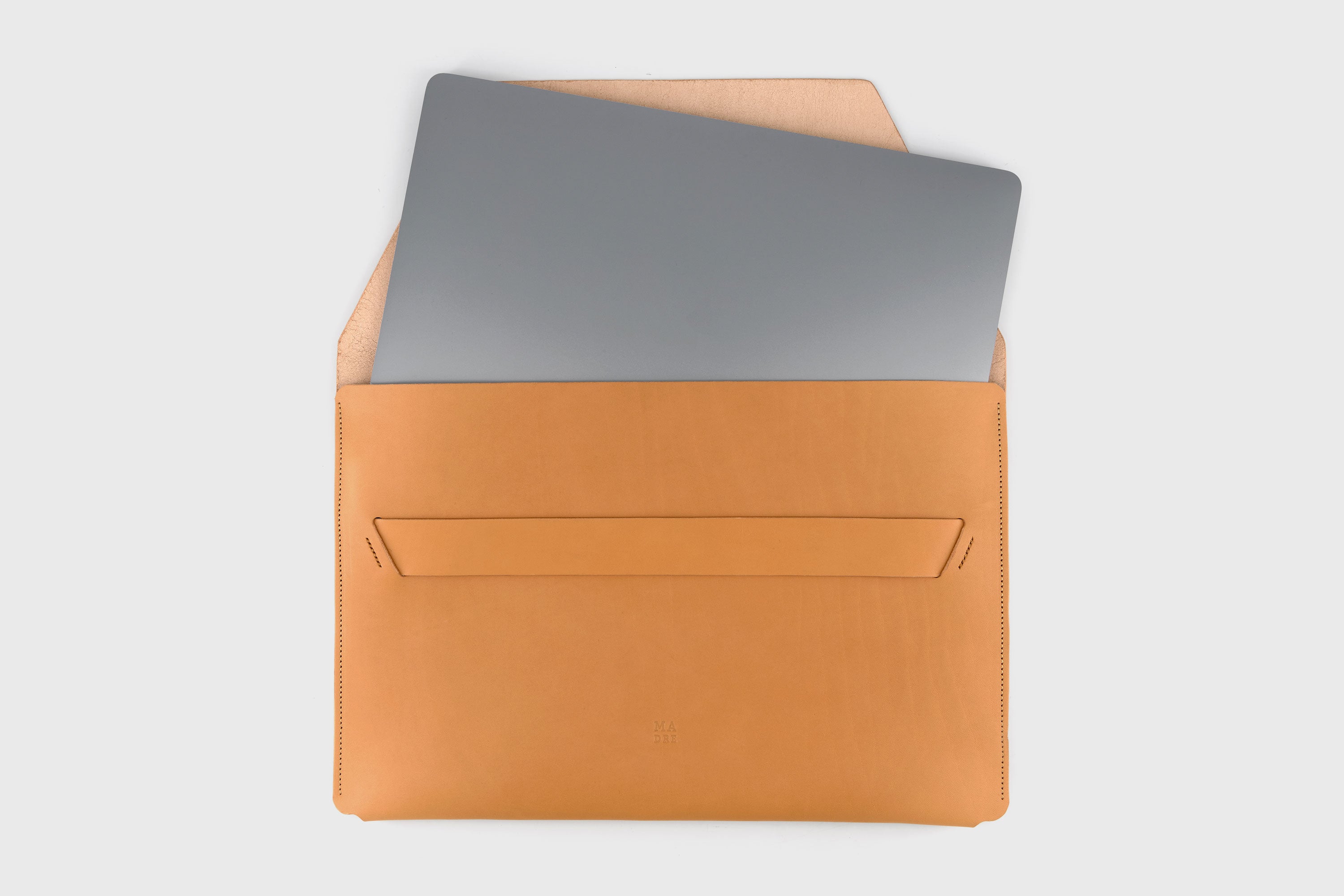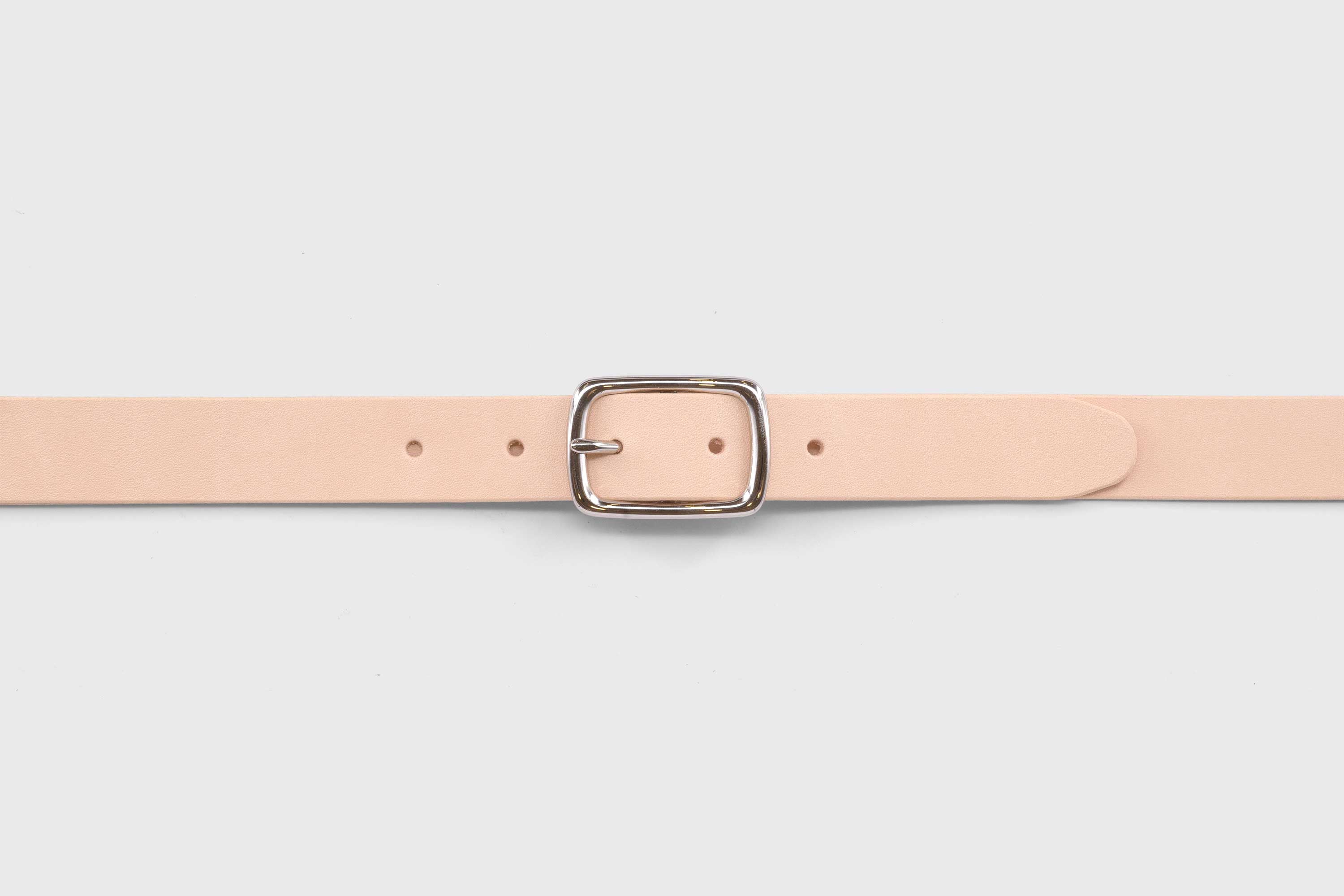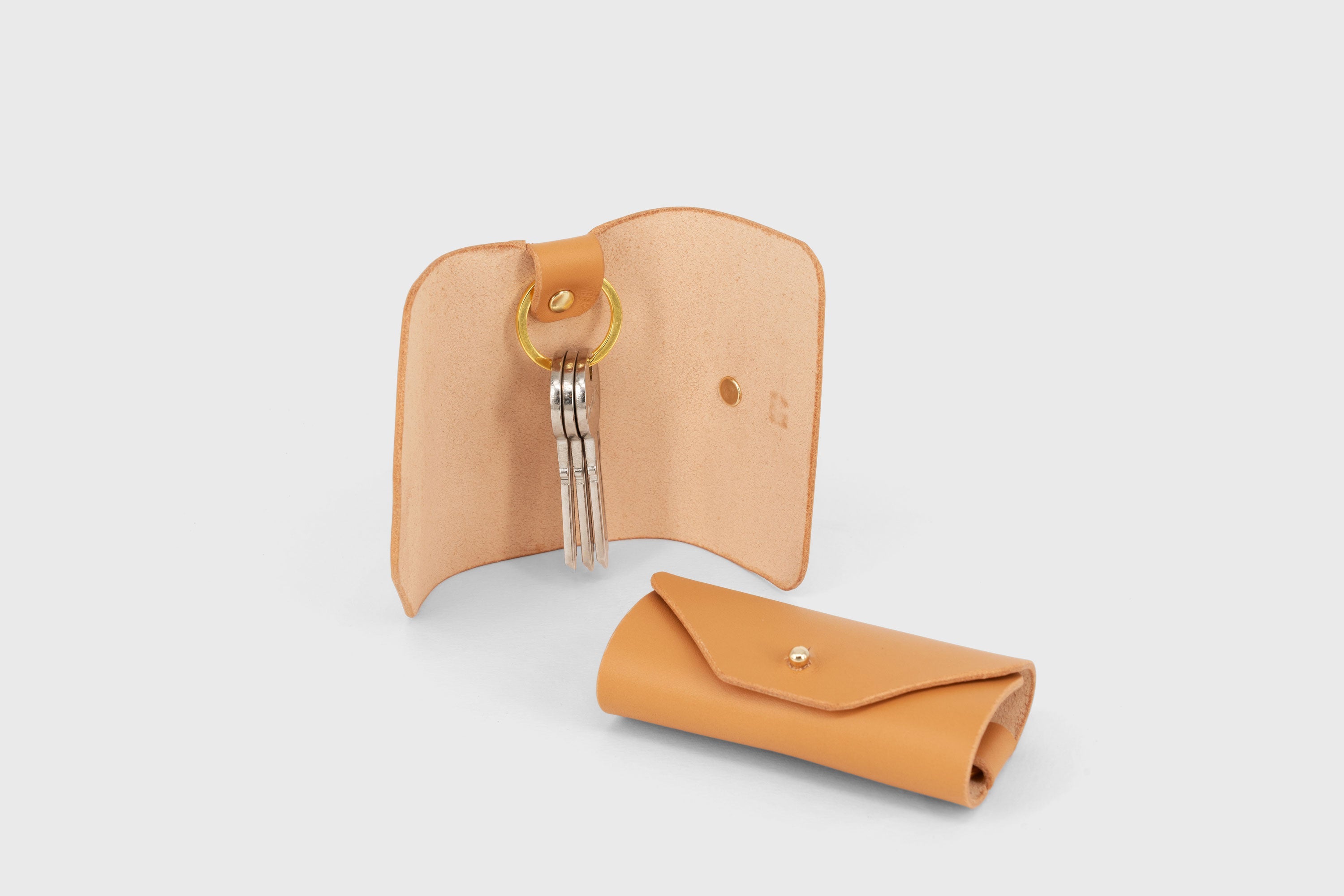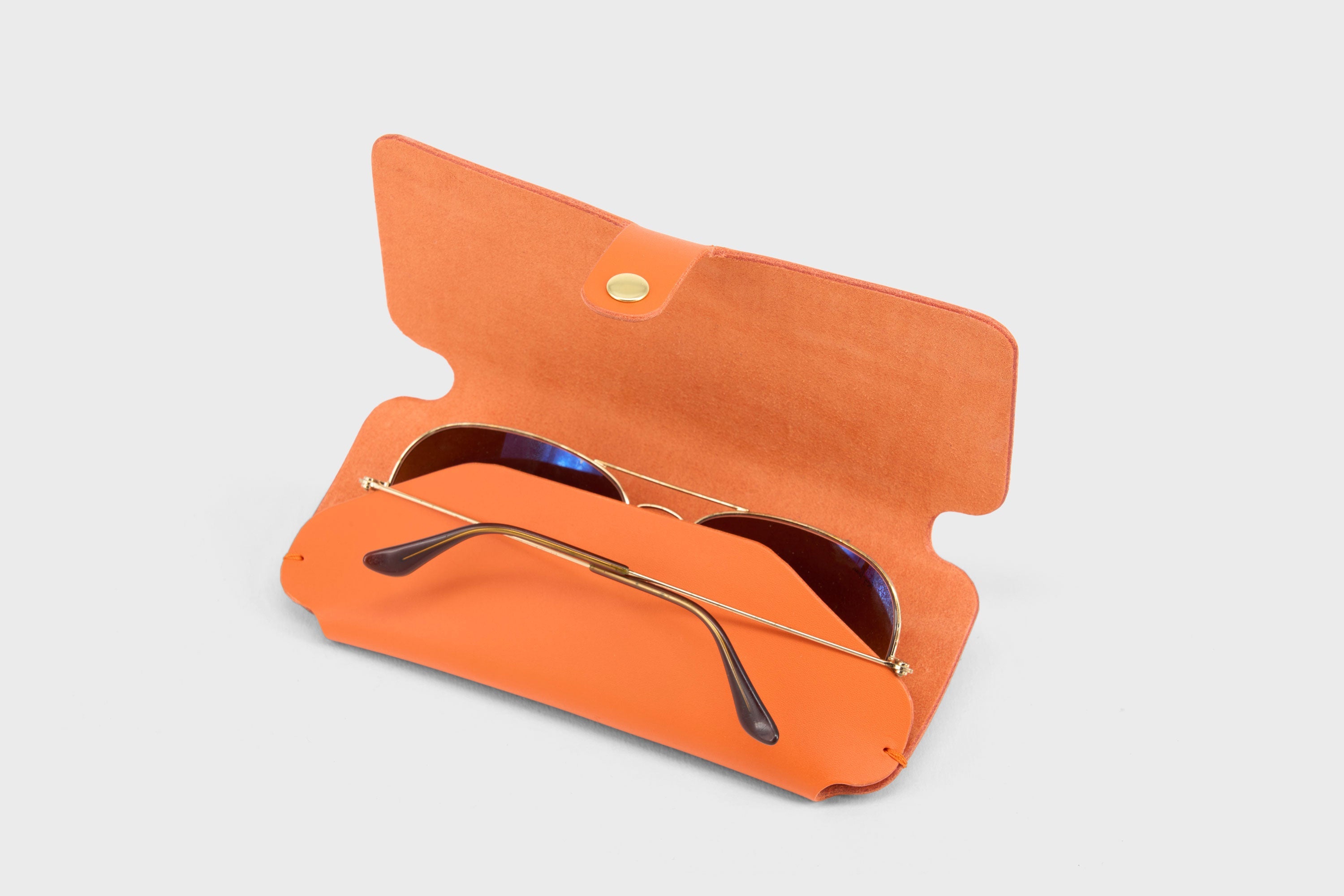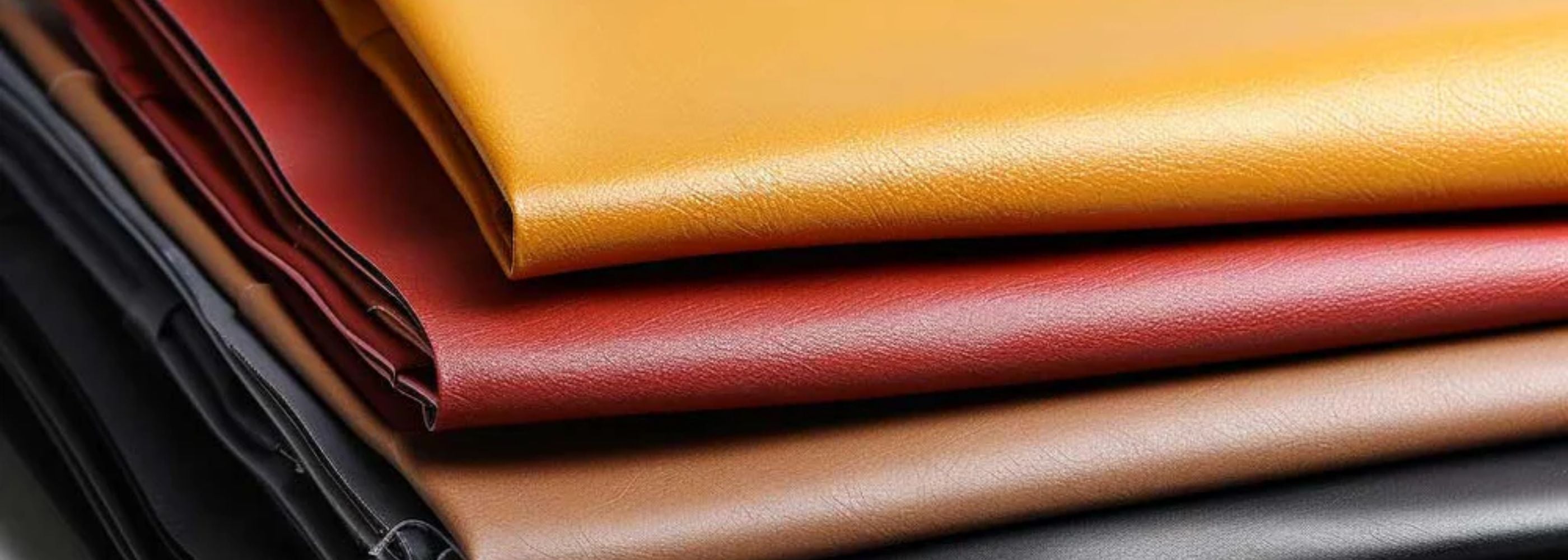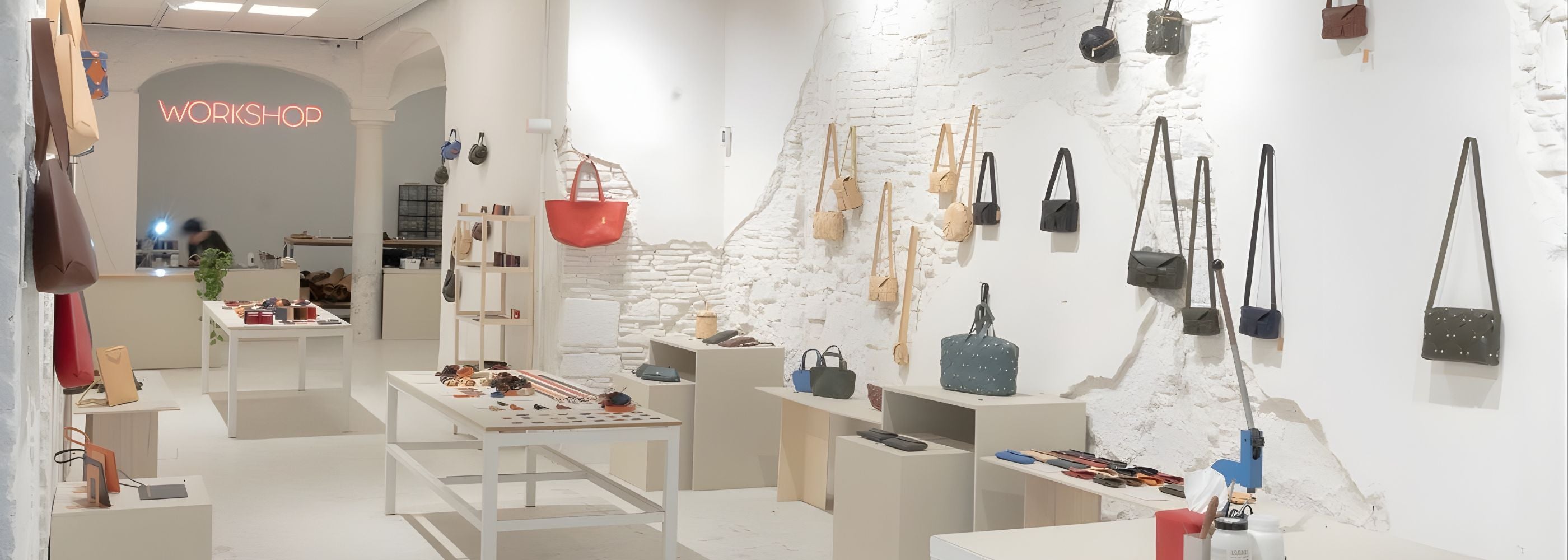
What an Open Kitchen Taught Us About Transparency in Fashion
How Restaurants Embraced Transparency, and Why Fashion Brands Still Hide Their Process
Walk into any modern restaurant today and you might find yourself peering straight into the kitchen—no swinging doors, no mystery, no “staff only” signs. Just a chef, plating your food in full view, and a team working in the open with fire, knives, and focus. It’s become so common that we barely think about it anymore. The open kitchen isn’t a gimmick—it’s a statement. A promise: We have nothing to hide.

Now compare that to the fashion industry.
Most of us have no idea where our clothes come from. Not just the country, but the actual people who made them, the conditions they worked in, or even what the materials are really made of. Behind every shirt, belt, or handbag is a long chain of suppliers, subcontractors, and factories—most of which we never get to see. It’s not just opaque; it’s almost designed to be.
This contrast—between the openness of a good restaurant and the closed-door culture of fashion—raises an important question: If chefs can show us exactly how things are made, why can’t fashion brands do the same?
In this piece, we’ll explore what fashion can learn from the hospitality world’s embrace of transparency. We’ll look at how the open kitchen became a symbol of trust, how the fashion industry continues to hide behind perfect branding, and why consumers are starting to care more than ever about what happens behind the scenes. We’ll also share our own journey—how making our design and production process visible changed the way people see our brand.
This isn’t just about sustainability or ethics—it’s about trust, storytelling, and rethinking what “luxury” really means in a world where people want to know the truth.
The Open Kitchen Concept
It wasn’t always like this. For most of culinary history, restaurant kitchens were closed-off, steamy back rooms—chaotic spaces that guests were never meant to see. The front of house was all elegance and order, while behind the scenes, the real work happened in private. Chefs, sous-chefs, and line cooks stayed hidden, their labor and artistry tucked out of sight.
That started to change in the late 20th century. Inspired by a desire for authenticity, and perhaps a little influenced by the rise of reality TV and celebrity chefs, some restaurants began removing the barrier. The result was the open kitchen—a layout that let diners watch their food being made, in real time. At first, it was novel. Now, it’s expected.
Open kitchens became a kind of theater. You could see flames flare, knives slice, and ingredients transform. But more than that, they were a signal: we’re proud of our process. We want you to see it. The shift wasn’t just aesthetic—it was philosophical.
What Transparency Means in Hospitality
In food, transparency is now a cornerstone of trust. It’s about more than just watching your risotto being stirred. It’s about cleanliness, quality, and intention. When you can see the ingredients, the workflow, the behavior of the team—it builds a level of confidence you don’t get when everything happens behind a swinging kitchen door.
Restaurants that embrace transparency often talk about being “open by design”—and customers respond. There’s something deeply reassuring about watching someone cook your meal. Even if the process is messy or imperfect, the fact that you can see it feels honest. It creates an unspoken contract: “This is how we do it. You’re welcome to look.”
It also invites curiosity and connection. Diners ask questions. They become more invested in the story behind their plate. Suddenly, the food tastes even better—not just because of seasoning, but because they’ve seen the skill, care, and attention it took to make it.
That kind of connection is powerful. And it's something the fashion world, for the most part, still hasn't figured out how to offer.
The Fashion Industry’s Opaque Norms
Behind the Curtain
Fashion is about telling stories—but they’re often one-sided. A perfectly lit campaign image, a runway show, or a carefully curated Instagram feed might tell you what the final product looks like. But how it got there? That’s where things get fuzzy.

Many times, even when “Made in Italy” or “Made in Spain” is printed on a tag, it’s often just the final step—everything else, from dyeing to stitching to finishing, could have happened in multiple countries, in outsourced factories with no visibility.
Why Fashion Lacks Transparency
Control Over the Narrative
At its core, fashion is about aspiration, desire, and storytelling. It invests heavily in crafting the perfect image: flawless models, clean lines, glossy campaigns. It’s no surprise that the industry is hesitant to pull back the curtain and show what’s really going on behind the scenes. Transparency can feel like a threat to the fantasy.
In an open kitchen, diners see raw ingredients, messy counters, and real people doing real work. In fashion, showing the same kind of reality—dusty workshops, piles of fabric scraps, a tired seamstress behind a sewing machine—feels like it could break the spell.
Many brands worry that customers won’t understand what they’re seeing. Will they interpret a small studio as “unprofessional”? Will they think hand-finishing looks “imperfect”? Will seeing the real conditions lead to more questions than appreciation?
There’s a fear of losing control over the story. Fashion likes to present a polished final product and keep the rest out of sight. But in doing so, it often loses the chance to build real trust and connection.
Complex Supply Chains

Another reason fashion hasn’t gone the “open kitchen” route is that it’s genuinely complicated. Most brands don’t make everything in one place. A single t-shirt might pass through five countries, ten factories, and a dozen subcontractors before it reaches a store.
That complexity makes transparency a logistical challenge. Many labels outsource key parts of production—textile weaving, dyeing, cutting, sewing, finishing—which creates layers of distance and blurred accountability. Unlike a restaurant where ingredients and process are in-house, fashion is often outsourced and distributed across continents.
Atelier Madre – Where Transparency Isn’t a Trend, It’s the Blueprint
When we think about what transparency in fashion can really look like—not as a marketing buzzword, but as a way of working—we look inward, to our own project: Atelier Madre.
From the very beginning, we wanted to do things differently. The idea wasn’t to just make beautiful leather accessories; it was to show people exactly how we make them. No smoke, no mirrors, no overproduced storytelling. Just real materials, real craftsmanship, and real people, all visible and open to anyone who walks through our doors.
A Store That Doubles as a Workshop
In many ways, our space is the fashion version of an open kitchen. Customers don’t just browse products on a shelf—they see where they were cut, sewn, and assembled. Our tools are out in the open. Our workbench sits just a few steps from the front door. Sometimes you’ll walk in and find us stitching a belt. Sometimes we’re testing a new design. But whatever we’re doing, you’re welcome to watch.
This isn’t just about being “transparent.” It’s about letting the process speak for itself. When people see the care that goes into each piece, they get it. They understand why the leather feels different, why the edges are finished by hand, why the fit feels so intentional. It creates a deeper appreciation, and a deeper connection.

Customization as Part of the Conversation
One of the best parts of working this way is the dialogue it creates. Customers aren’t just buying something off the shelf—they’re part of the process. They can ask for different colors, lengths, finishes. They can see their ideas take shape in real time. That kind of collaboration is rare in fashion, but it’s the most rewarding part of what we do.
It’s also what builds real trust. Because when people see the work behind the product—and know who made it—they carry that story with them. They don’t just leave with a belt or a wallet. They leave with something they helped shape.
For us, this isn’t a clever concept or a temporary campaign. It’s how we believe fashion should work. Local production, transparent sourcing, visible craftsmanship—it’s all baked into the way we operate. It’s slower in some ways, yes, but it’s more agile in others. We can respond to trends, test new ideas, and refine designs without going through layers of approvals and factories.
Most importantly, it keeps us honest. It holds us accountable to our own standards, and it keeps our relationship with our customers real.
Because when you’ve seen how something is made, and who made it, you never look at fashion the same way again.

Real Stories, Real People
The real power of transparency isn’t in showing off—it’s in showing up. It’s in highlighting the people behind the product: the cutter who’s worked with leather for 15 years, the designer who fine-tuned the pattern for weeks, the customer who asked for a custom green finish that ended up becoming a bestseller.

If you walk into our store, you'll see a lot of the products come with some story. These stories matter. They give products context and meaning. They show the human side of fashion, which is often buried under layers of branding. And they remind customers that what they’re wearing wasn’t just made—it was crafted.
At Atelier Madre, we’ve found that the more we share—about the process, the people, even the mistakes—the more trust we build. Customers appreciate the honesty. They don’t need perfection. They just want to know the story is real.
Fashion doesn’t need more spectacle. It needs substance. It needs more brands willing to open the door, let people in, and tell the whole story—not just the pretty parts.
How We Applied the Open Kitchen Model

Our Approach at Atelier Madre
When we first imagined what our store and studio would be, we weren’t thinking about trends. We were thinking about honesty. We didn’t want to hide our tools in a back room or keep our process behind a curtain. We wanted the workshop to be part of the shop—not just physically, but philosophically. We wanted people to see what we do, how we do it, and why we care so much.
That’s why, at Atelier Madre, our entire setup is built on the open kitchen model. The leather? It’s right there. The cutting table? Center stage. The stitching, the embossing, the dying, the packaging—it’s all in plain view. Not just because it looks nice (though it does), but because it tells a story that words alone can’t.
People walk in and instantly understand that what we make is real. They see our hands, hear the machines, smell the leather. It creates connection—not just to the product, but to the process behind it.
What We’ve Learned
We’ve also learned that people love being part of the process. Customers come in and ask questions: “What’s this leather?” “Can you make this strap longer?” “Could you do this in navy?” We’ve had spontaneous design tweaks happen mid-conversation. We’ve had returning customers bring friends, not just to shop, but to show them “how it’s made.”
And those moments—that dialogue, that transparency—are where the real value lives. Not just in the finished product, but in the connection we build by showing how it comes to life.
So no, we’re not perfect. We’re not a giant factory with perfectly polished everything. But that’s the point. Like a good open kitchen, we’re proud to show our work—mess, craft, care, and all.

The Consumer’s Role in Demanding Transparency
Changing Expectations
Not too long ago, most people didn’t think twice about how or where their clothes were made. A label was enough: Made in Italy. 100% cotton. That’s it. But something has shifted—fast.
Today’s shoppers are more curious. More informed. And way more aware of the impact behind the things they buy. They want to know not just what a product is, but how it got here. Who made it? Were they paid fairly? Were sustainable practices followed? Is this piece actually worth its price—or just well-marketed?
Fashion’s glossy facade is starting to crack under the pressure of these questions. And it’s not just eco-conscious Gen Zers asking them anymore. Everyone—from first-time shoppers to seasoned design lovers—wants to know the story behind the product. Transparency is no longer a niche bonus; it’s becoming a baseline expectation.
But here's the catch: brands won’t change unless people demand it.
How to Ask the Right Questions
This is where customers have real power. Because every time someone asks a brand, “Where was this made?” or “Who stitched this bag?” or “Can you show me the workshop?”—they’re pushing the industry toward something better.
If a brand is proud of how it works, it’ll answer. Maybe even happily. But if it dodges, if it hides behind vague language or glossy branding? That’s your answer, too.
Here are a few simple, powerful questions that every shopper can (and should) ask:
-
Where was this made?
-
Who made it?
-
What materials are used, and where do they come from?
-
Can I see how it’s made?
-
What makes this piece worth its price—beyond the logo?
If the answers aren’t clear, or if the brand gets uncomfortable? Move on. There are plenty of creators out there doing things the right way—and they’ll be more than happy to show you.
Because true transparency doesn’t just benefit the buyer. It’s better for the maker, the planet, and the future of fashion as a whole. And it starts with people asking better questions and expecting honest answers.
Transparency Isn’t a Trend, It’s the Future
The open kitchen wasn’t just a clever layout shift—it was a revolution in trust. It told diners, “Come see what we do. You’re welcome here.” And it worked. It created connection, credibility, and a deeper appreciation for the work behind the plate.
Fashion is long overdue for the same shift.
For too long, it’s hidden the very parts that matter most: the hands behind the seams, the origin of materials, the process of creation. But as customers get smarter and more curious, that secrecy just doesn’t cut it anymore. People don’t want perfection—they want realness. They want the whole story.
At Atelier Madre, we believe in showing our process—not because it’s trendy, but because it’s who we are. Our “open kitchen” is a daily reminder that transparency builds trust, and trust builds lasting relationships. That’s not just good business—it’s good fashion.
So whether you’re a customer, a designer, or just someone who cares about how things are made, we leave you with this: ask questions. Demand clarity. Celebrate the brands that aren’t afraid to open the door and show you the work.
Because in the end, fashion should be like a great meal—made with care, served with pride, and always better when you know what went into it.
